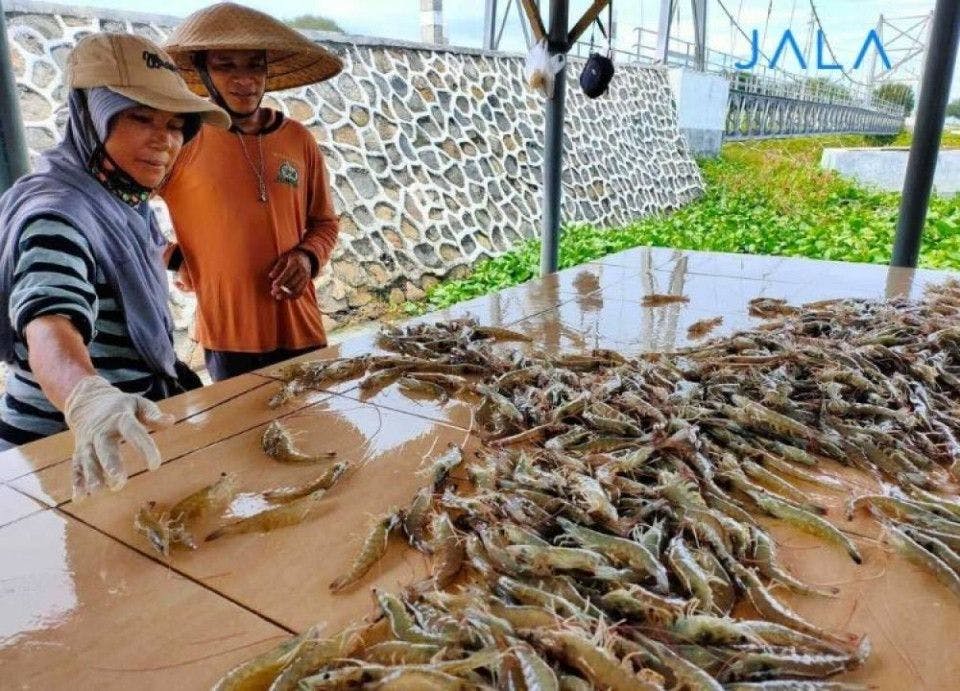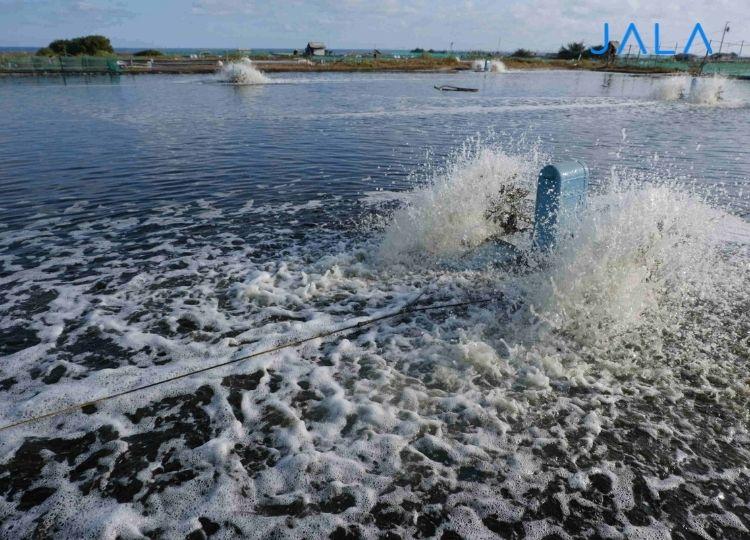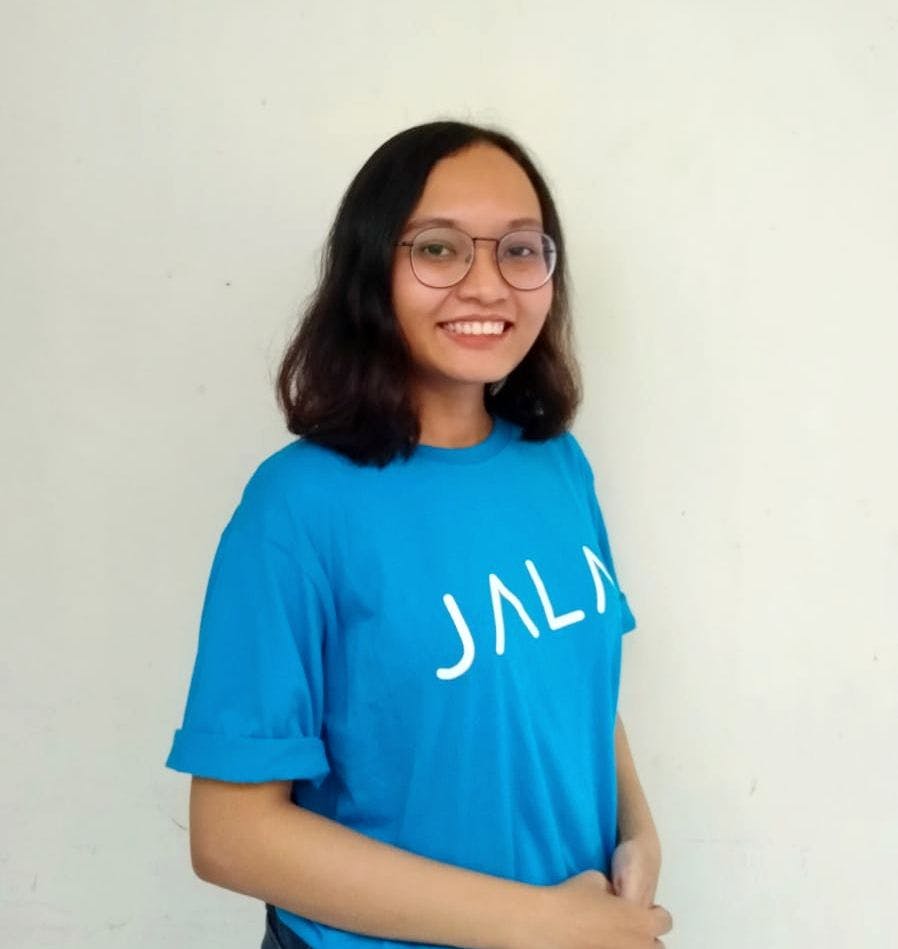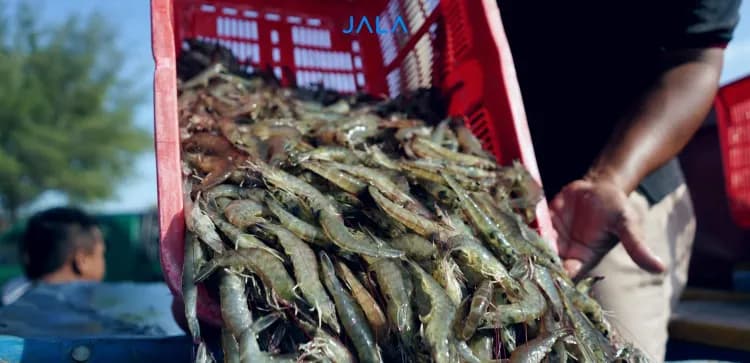
Learning, cooperating, and implementing the rules of cultivation
Talking about shrimp production, Indonesia is able to reach a production value of hundred thousand tons in one year. This achievement is the result of the efforts done by various stakeholders in shrimp farming, especially farmers. However, great production means sustainable production. There are several ways to improve sustainable shrimp production. Some of them will be discussed below.
The desire to keep learning on increasing sustainable shrimp production
Specifically, there are still many shrimp farms in the southern coast of Java that encounter technical problems, such as proper water quality management. In fact, water is one of the most crucial parameters to consider in shrimp farming. Some farmers still have a lot to learn about water quality management. Water quality management is carried out to lower the possibility of harvest failure. In response, Ilham Priyanto, Deputy Chairperson of SCI (Shrimp Club Indonesia) for Purworejo area, advised that each cycle should be routinely corrected. He also advised that shrimp farmers should learn more about water quality from various sources.

Strong cooperation results in sustainable shrimp production
The improvement of sustainable shrimp production can be achieved through strong cooperation among farming industry stakeholders. According to Andi Nusa Patria, JALA’s Chief of Commercial Operations, this cooperation must be constantly improved. The government, farmers, suppliers, and private sectors may all work together to achieve the established targets. In essence, everyone that is involved in the shrimp farming industry.
Implementing cultivation principles for sustainable shrimp production
Cultivation principles must be implemented to increase sustainable shrimp production. The profit of cultivation that disregards cultivation principles cannot be regarded as success. Suyud Sujatmiko from the Environment and Fisheries Office of Purworejo confirmed this. One example of cultivation principles that need to be considered is the environmental impact of shrimp farms. For example, shrimp farms in Purworejo, Central Java, require further management. This is intended to reduce the environmental problems that can hinder cultivation.
Learn to achieve sustainable shrimp production at ShrimpHub
The information above was presented by the speakers on a talk show entitled “Improving Sustainable Shrimp Production in Purworejo.” This talk show is part of a series of events organized by JALA during the launching of ShrimpHub in Purworejo, Central Java. ShrimpHub is envisioned as a hub for learning and building community for farmers and stakeholders in the shrimp farming industry. This place is a physical manifestation of JALA’s attempts to foster strong ties and effective communication among farmer communities. Sustainable shrimp farming can be achieved if farmer empowerment is carried out efficiently.

ShrimpHub provides a space and facilities to learn and grow together to achieve sustainable cultivation. If you are a shrimp farmer in Purworejo or nearby area, you are welcomed to visit ShrimpHub Purworejo, which is located at Jalan Daendels RT 03 RW 03, Keburuhan, Ngombol, Purworejo.





